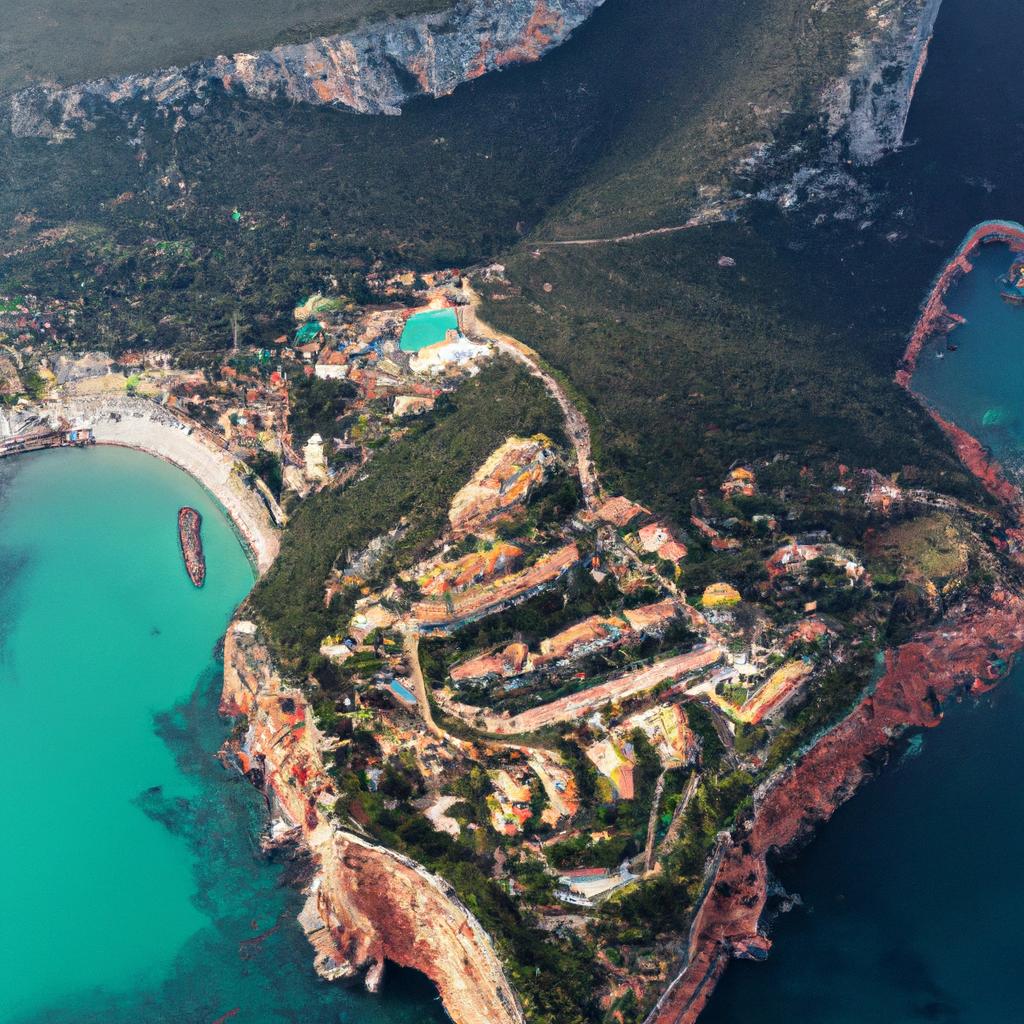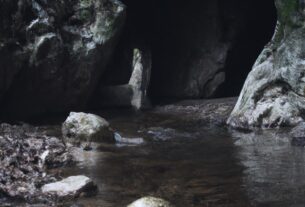Discover the history and architecture of porto flavia, a stunning engineering marvel that played a crucial role in the mining industry. Explore its significance today!
Located on the southwestern coast of Sardinia, Italy, Porto Flavia stands proudly as a stunning testament to the ingenuity and achievements of the mining industry. This unique port, built in the early 20th century, was specifically designed to transport minerals from nearby mines to waiting ships in the sea. Today, Porto Flavia’s historical significance and remarkable architecture continue to captivate visitors from around the world.
Porto Flavia: History and Origin
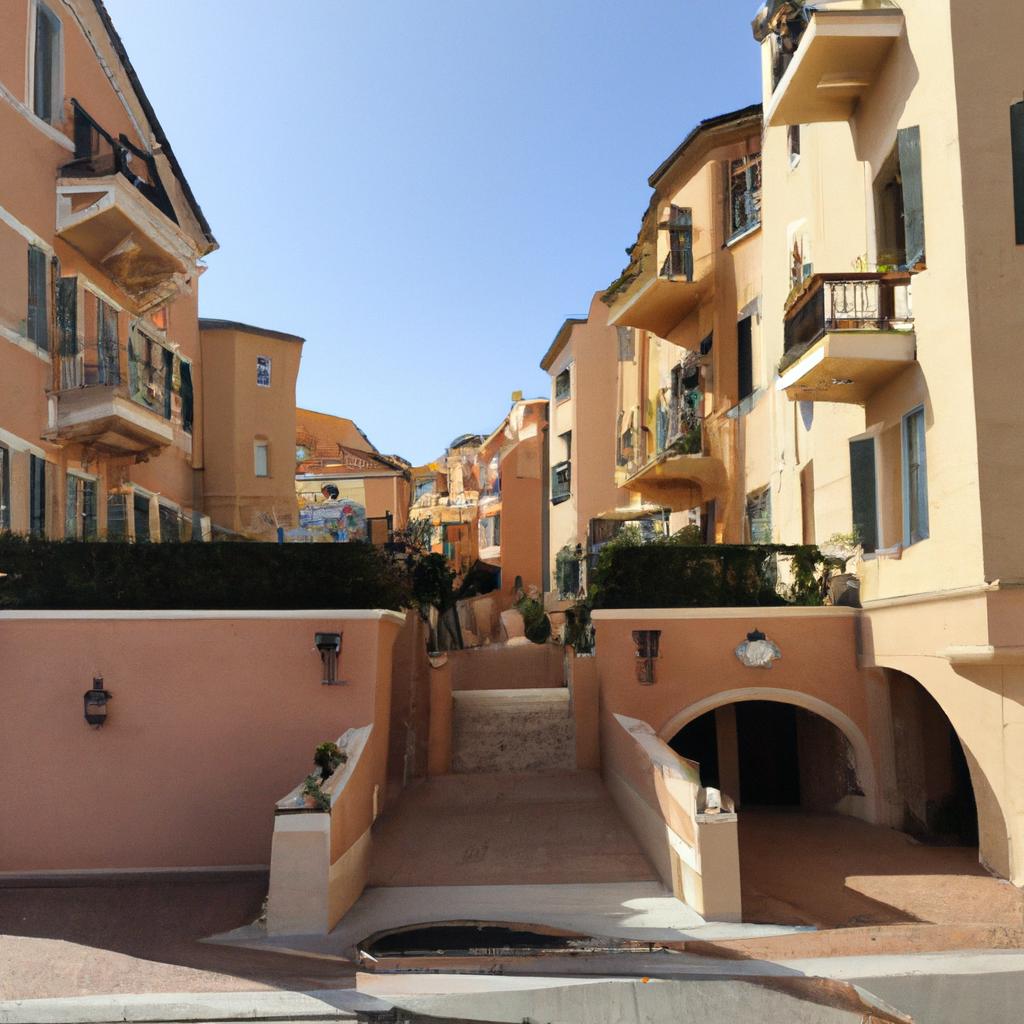
The story of Porto Flavia begins in the early 1900s, during the prosperous era of the mining industry in the region. The mines were rich in minerals such as lead, zinc, and silver, which were in high demand at the time. However, the challenging terrain and lack of infrastructure made it extremely difficult to transport these minerals from the mines to the awaiting ships.
It was at this point that the brilliant idea for Porto Flavia was born. The Italian engineer, Cesare Vecelli, envisioned a structure that could efficiently transport minerals from the mines to the ships. Construction began in 1923 and was completed in a remarkable four years. The port was named after the engineer’s daughter, a testament to the personal touch and dedication invested in its creation.
Porto Flavia was ingeniously built into the rugged cliffs of the coastline. Its design allowed ships to dock directly into the port. A cable car system, also invented by Cesare Vecelli, transported the minerals from the mines to the top of the cliffs. From there, a conveyor belt seamlessly loaded the minerals onto the waiting ships in the sea.
The construction of Porto Flavia marked a significant breakthrough in the mining industry, revolutionizing the transport of minerals from mines to ships. While the port ceased its operations in the mid-20th century when the mining industry declined, it remains a beloved tourist attraction known for its unique architecture and historical significance.
Porto Flavia’s design is not only historically important but also an architectural masterpiece. The port seamlessly blends into the rugged cliffs of the coastline, showcasing the remarkable ingenuity of its engineers.
Porto Flavia: Features and Architecture
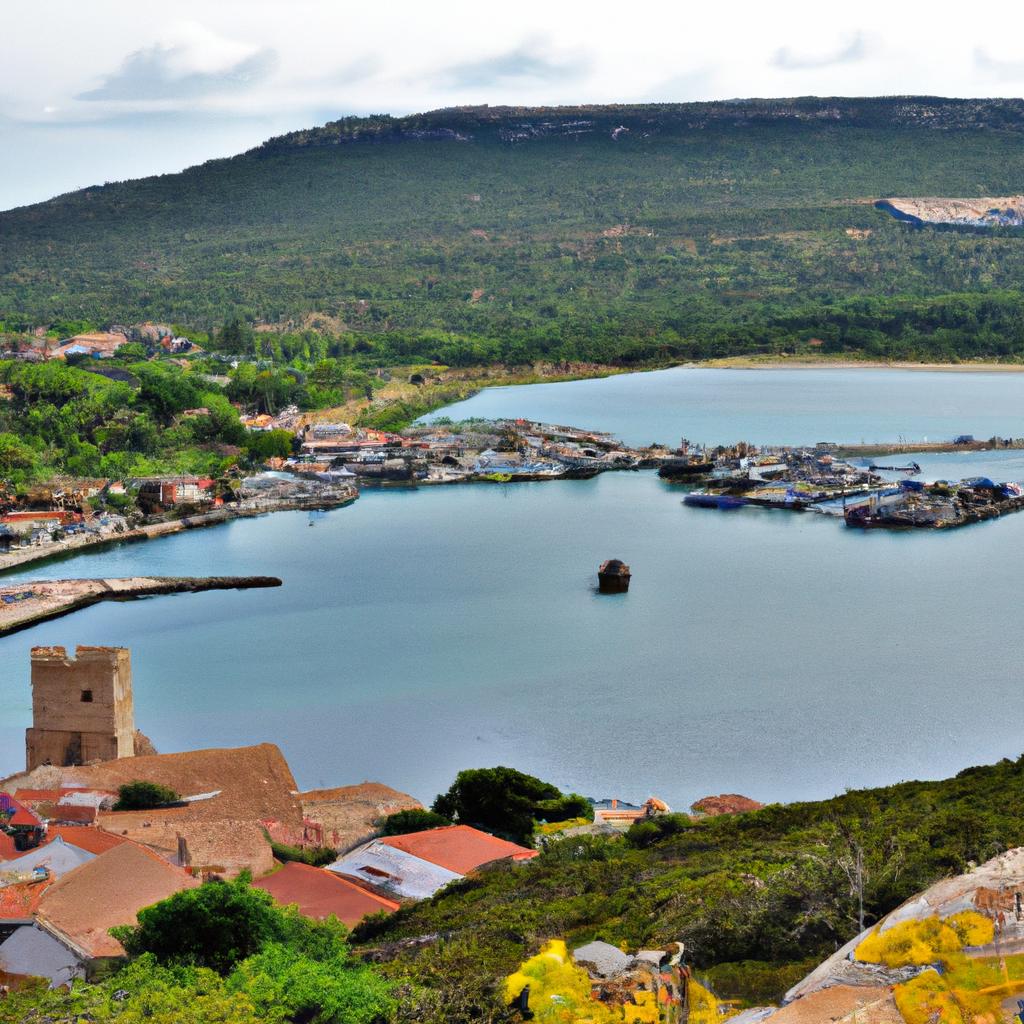
One of the most striking features of Porto Flavia is its location, built directly into the cliffs of the coastline. This positioning gives the port a dramatic and awe-inspiring appearance. The port consists of two levels: the upper level, where minerals were loaded onto the conveyor belt, and the lower level, where ships would dock.
To access the upper level of Porto Flavia, visitors can take a steep road that winds up the cliffs. The cable car system, still visible today, allowed the seamless transportation of minerals from the mines to the top of the cliffs. From there, the conveyor belt effortlessly transported the minerals to the awaiting ships. The upper level offers breathtaking views of the surrounding landscape.
The lower level of Porto Flavia is where the ships would dock. The port provided a direct entry for the ships, enabling easy loading of minerals from the conveyor belt. A small museum located on the lower level showcases the history of Porto Flavia and the mining industry in the region, allowing visitors to deepen their understanding of the port’s significance.
The unique and functional architecture of Porto Flavia is a testament to the engineering ingenuity of its creators. Its remarkable design, coupled with its strategic location, continues to inspire awe and admiration to this day.
The Importance and Significance of Porto Flavia
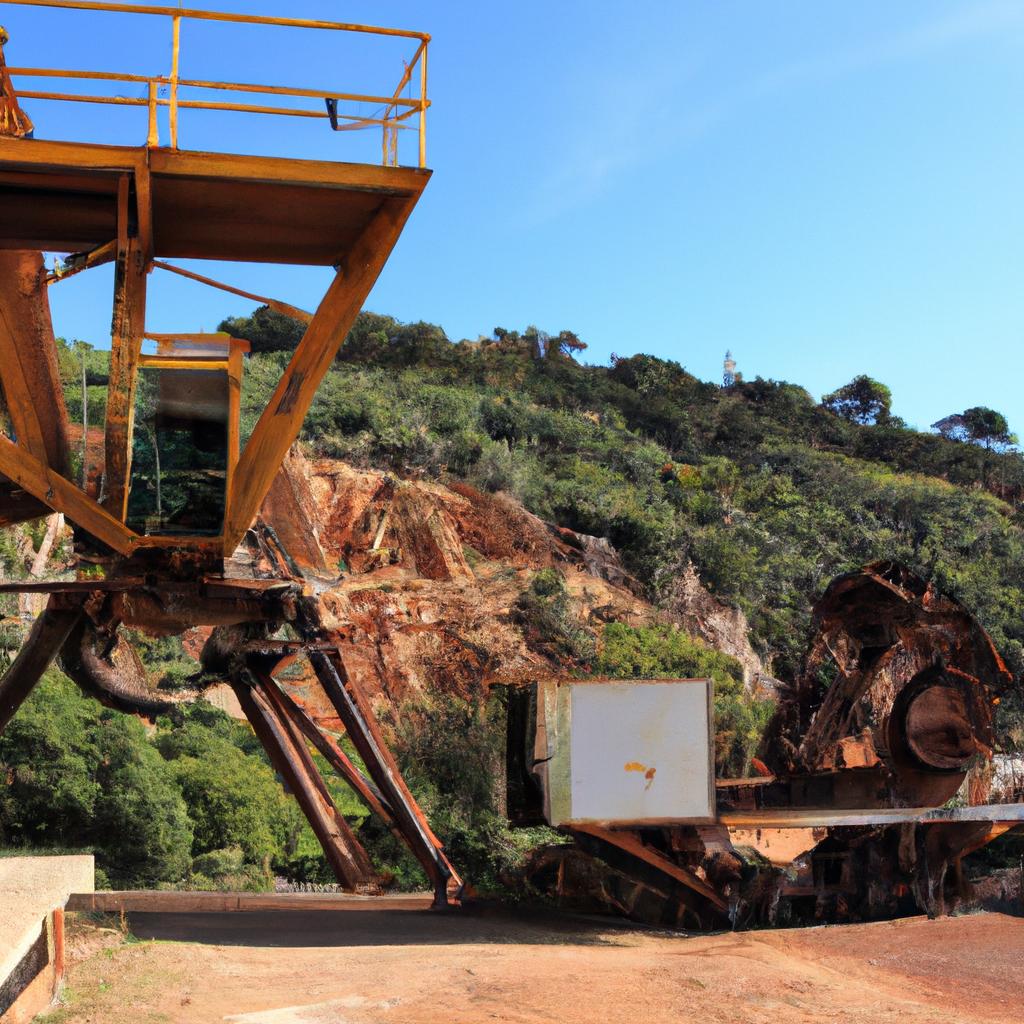
Porto Flavia’s significance extends beyond its historical and architectural value. The port played a crucial role in the mining industry of the region, enabling the efficient transport of minerals from the mines to the awaiting ships. Its construction marked a significant milestone in the mining industry, and its legacy continues to inspire engineers and designers to this day.
The mining industry in the Sulcis Iglesiente region was a vital part of the local economy in the early 20th century. The region produced lead, zinc, and silver, minerals in high demand. The construction of Porto Flavia facilitated the efficient transport of these minerals, contributing to the growth and development of the mining industry in the area.
Today, Porto Flavia thrives as a popular tourist attraction, welcoming visitors from around the world. Its historical significance and unique architecture stand as remarkable achievements in engineering. The port’s legacy continues to inspire future generations of engineers and designers, with its immeasurable contribution to the development of the Sulcis Iglesiente region.
In conclusion, Porto Flavia is a historical marvel that showcases the ingenuity of the mining industry. Its unique architecture and historical significance make it a popular tourist attraction today. The construction of Porto Flavia was a significant achievement in the mining industry, and its contribution to the development of the Sulcis Iglesiente region was immeasurable. At TooLacks, we encourage our readers to visit Porto Flavia and experience its awe-inspiring architecture and historical significance firsthand.
Porto Flavia: A Popular Tourist Attraction
Porto Flavia not only stands as a historical and architectural marvel but has also become a popular tourist attraction. Its unique design and stunning location make it a must-visit destination for travelers to Sardinia. Porto Flavia’s popularity as a tourist attraction has grown in recent years, drawing visitors from all corners of the globe to witness this remarkable engineering feat.
Porto Flavia: Tourist Attraction
The rise in popularity of Porto Flavia as a tourist attraction can be attributed to its unique architecture and historical significance. Visitors can embark on guided tours to delve into the construction history of the port and its role in the mining industry. The museum located on the lower level of the port offers an informative glimpse into the rich history of Porto Flavia and the regional mining industry.
Apart from the museum, visitors can also enjoy scenic hikes along the cliffs, where breathtaking views of the sea and the surrounding landscape await. The cable car system, still visible today, stands as a remarkable symbol of engineering ingenuity and provides visitors with an excellent opportunity for memorable photographs.
The area surrounding Porto Flavia is also home to several beaches, coves, and extraordinary natural attractions. Exploring the awe-inspiring coastline and spending a day enjoying the natural beauty of the region is highly recommended. The nearby town of Iglesias, with its historic buildings, charming narrow streets, and traditional restaurants, is also a worthwhile addition to any itinerary.
Conclusion
Porto Flavia represents a remarkable achievement in the mining industry, inspiring engineers and designers to this day. Its unique architecture, stunning location, and historical significance have made it a popular tourist attraction, drawing visitors from all corners of the globe.
Porto Flavia’s enduring legacy extends beyond its architectural and historical value. The port played a vital role in the region’s development and the growth of the mining industry. Today, it stands as a symbol of human ingenuity and creativity, continuing to inspire future generations.
As a renowned tourist destination, Porto Flavia has made a positive impact on the regional tourism industry. It stands as a key attraction for visitors to Sardinia, attracting attention through its timeless appeal and historical significance. TooLacks is proud to showcase the wonders of Porto Flavia, encouraging our readers to experience this remarkable destination for themselves.
